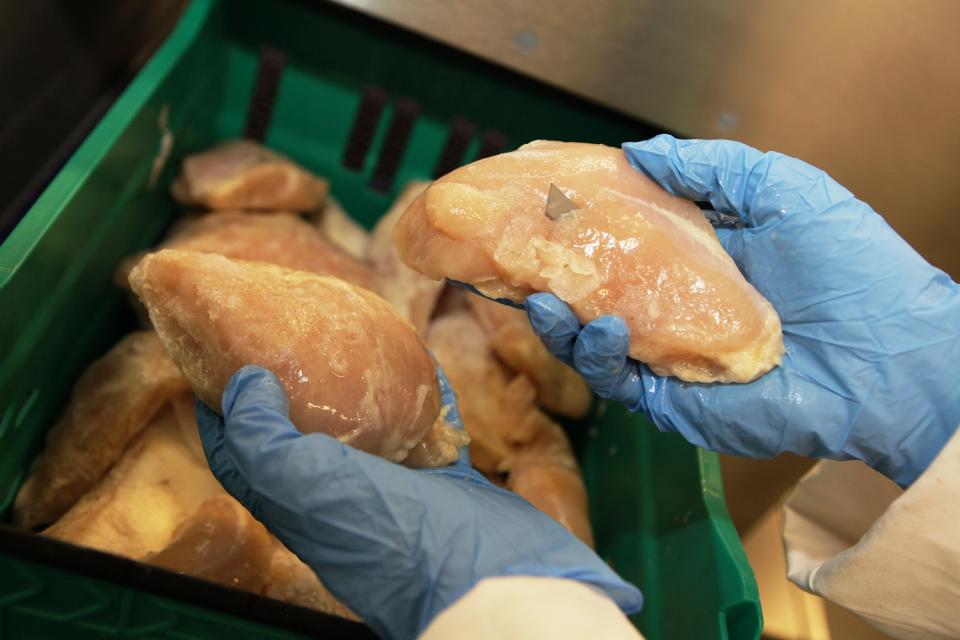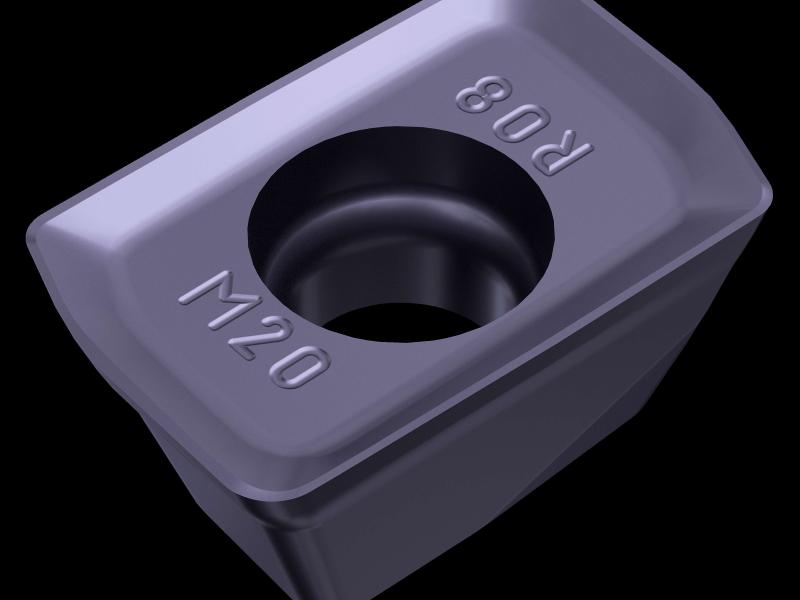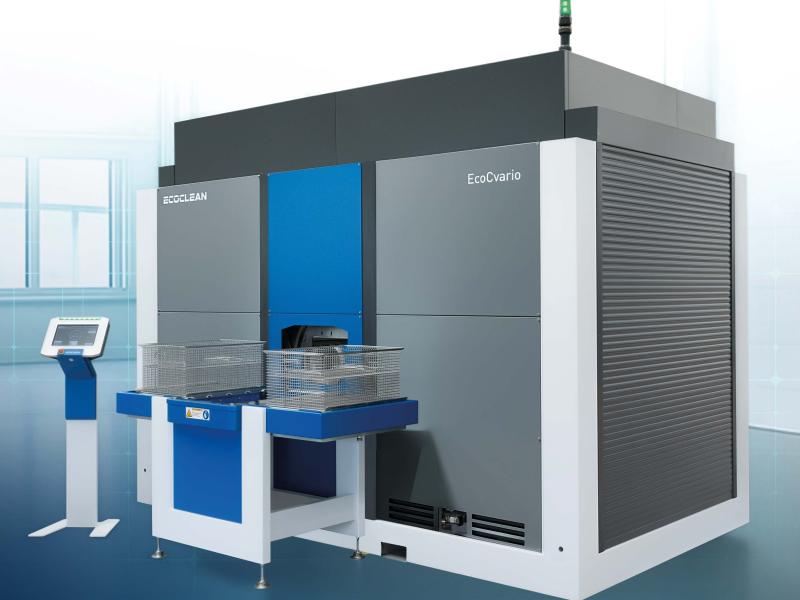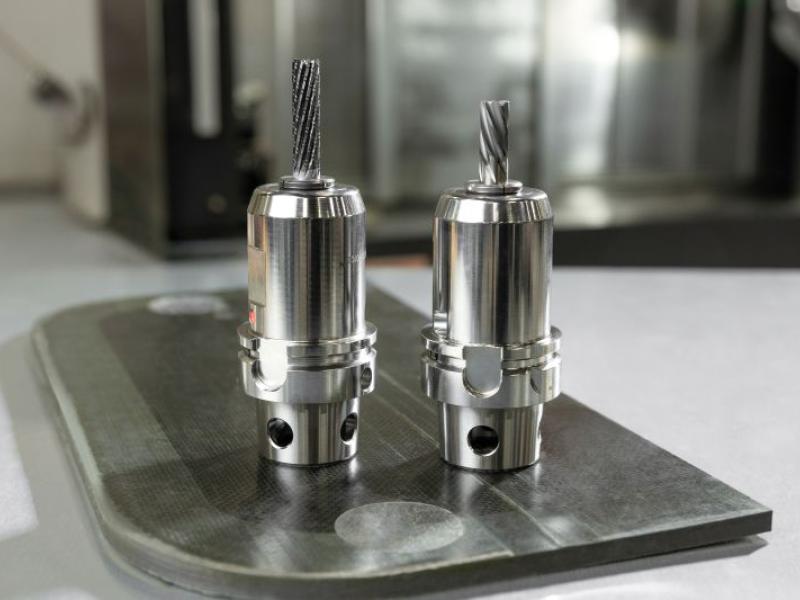As the only food metal detector manufacturer currently in New Zealand with a dedicated service and support team, Fortress Technology explores the link between automation and why metal remains the biggest and most likely contaminant risk within food processing and packing plants.
When it comes to HACCP inspection machine choices, the options can seem overwhelming. However, given that metal could be introduced at any phase of production, for example from cutting meat, filleting fish, grinding spices or mixing dry and wet ingredients, a metal detection system is normally the first line of defence.
Calculating the true cost of a food recall is challenging, as no incident is the same as the next. Also, manufacturers need to consider the scale of the recall, how many customers potentially contaminated product could reach, the stage in which the item is recalled, any fines or penalties incurred, and the drain on resources and business interruption at the production plant.
Supply chain transparency and the speed in which the source of a metal contaminant is pinpointed is imperative and can minimise the damage to brand reputation.
Avoid metal detector mavericks
When considering an investment in metal detectors, choose kit that reflects the most prevalent contaminant risks. Also, fully investigate the long-term service costs and upgrade options. Here, choosing a locally based machinery supplier with strong R&D capabilities and experience can be invaluable.
Other inspection strategies include:
- Select inspection equipment with inbuilt record keeping
Look for systems that will track and record rejects, tests, settings. This type of software facilitates the documenting of potential product risks and helps to narrow the time frame during which a problem can go undetected. It also reduces the amount of suspect product that must be discarded or recalled in the event of an incident.
- Choose the correct reject system
The type of reject device used will depend on multiple factors, including pack size, weight and shape, whether the product is free-flowing or packaged, factory layout, size and floorspace, as well as line pitch, speed and belt width of the conveyor.
- Test machine performance automatically
If a fault with the reject system means that a contaminant is detected but not rejected, the line should stop automatically until the situation is resolved. Both detector performance and fail-safe capabilities should be tested regularly, ideally complemented with an automated test system like Halo Automatic Testing. This helps to increase the frequency and quality of verifications while also removing the risk of human error and workplace injury at critical control points. Ultimately ensuring compliance with industry standards.
- Watch for false rejects
Be sure that when a line stops because of detected metal, there is really an issue to address. Technologies like simultaneous multi-frequency enables producers of conductive products like meat, dairy and prepared foods to combine maximum detection sensitivity with minimal false rejects.
- Ask about product lifecycle compatibility
The Fortress ‘
Find out more at Foodtech Packtech 2025, 2-4 September 2025, Auckland Showground, Fortress Technology, Stand C16.






